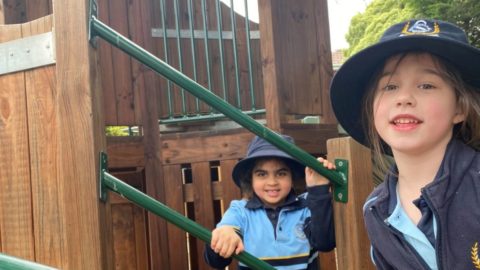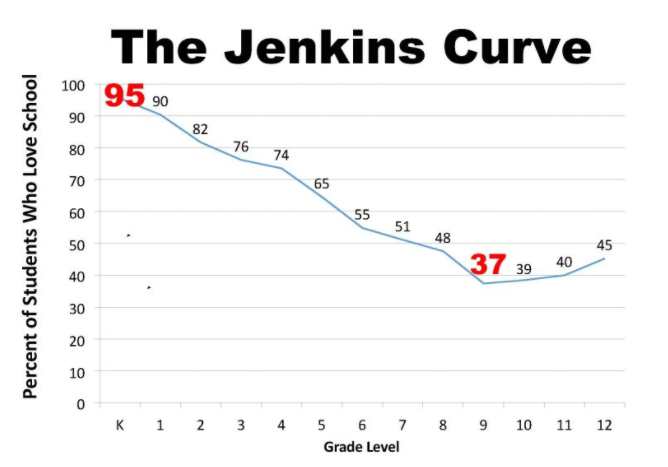From the Principal – Return to School and Balancing Students’ Needs

In the interests of ensuring our readiness for the return of students and teachers to our School campus, I was curious to understand the journey of student levels of enthusiasm towards learning, from Prep to Year 12. Needless to say, the smiles and laughter of our youngest girls in Barbreck this week were testament to their desire to be back at School.
Relative to the research I presented in my Blue Ribbon article last week, it was proposed that if educational researcher, Professor John Hattie suggested in 2019 to his ethics committee, “I want to close almost every school in the world as we know it and make the kids stay at home and the teachers use technology,” he would have been laughed out of court, but that is actually what has happened.
Through his meta-analysis of data, Hattie is of the understanding the COVID pandemic and forced global closures of school campuses, has probably been the greatest teacher-led revolution we have ever seen. In short, Hattie’s first observation is that teachers have done a remarkable job.
In looking at the evidence collated from thousands of students, there have actually been some strong gains for the majority of students. By way of summary, scores in Mathematics actually went up, reading was slightly down and most noticeable was a drop in the levels of writing, believed to be because there is less writing when teachers are not physically present.
Despite the media headlines of learning loss, Hattie’s findings reveal the ‘effect size’ was minus 0.08, which is considered small and can be improved through booster programs in schools.
Findings from an American study showed teachers talked less during COVID teaching. Of note in this research was the 60% reduction in teacher-led questions, noting teachers normally ask between 150 to 200 questions a day. During COVID, teachers moved more to a triaged system where they listened more to what the students were thinking, and importantly, what the students were not understanding, therefore sharpening the focus on the gaps.
Over the course of the forthcoming weeks at St Catherine’s, teachers will work to balance the essential need for students to reconnect socially with peers, in addition to re-learning how to effectively and respectfully function upon their return to the classroom. Importantly, a series of formative assessments to ascertain students’ learning needs, prior to end of year exams for Years 10 and 11, will be undertaken, and, in-class tests for our younger cohorts across both the Senior School and Barbreck.
Of interest is the renewed enthusiasm by many students to return to learning on campus, particularly in the all-important teen years of Years 8 and 9. How can we sustain this eagerness and capture the excitement of a generation of students’ renewed love for being at school?
The Jenkins Curve has, in the past, detailed the invisible pre-COVID epidemic affecting students across Australia and many developed countries. The Jenkins Curve was established following a survey of over 3,000 teachers answering two simple questions:
- What grade level do you teach?
- What percentage of your students love school?
Astute observers of the graph will notice that the highest point occurs during the early years of primary education, hence the excitement reflected in our Preps, Years 1 and 2 girls this past week. After Year 9, the upward tick in the graph is explained by an improved interest through electives, impending graduation dates and the data, over a number of schools, removes the school exits/drop outs. Of course, students also love school for the co-curricular activities, their connection with friends and teachers, with actual learning (sadly) lower down the list.
Undoubtedly, enthusiasm towards learning is essential for academic success. One of our strategic focus areas at St Catherine’s is to ensure the development of the Thinking Classroom; designed to capture the curious mind. We know, learning needs to be less about coverage of content and more about an endeavour to go deeper, with engagement in learning that extends well beyond facts and ‘do-ing’, thus reducing the boredom.
As the girls return to the classroom, I anticipate the joy will be found in the ease of the dialogue, the fun of collaborative group work, the practical experiments a science lab enables or the simple joy of playing a game on the field.
Long may they remember the boredom of their single desk at home during the COVID-19 pandemic!



